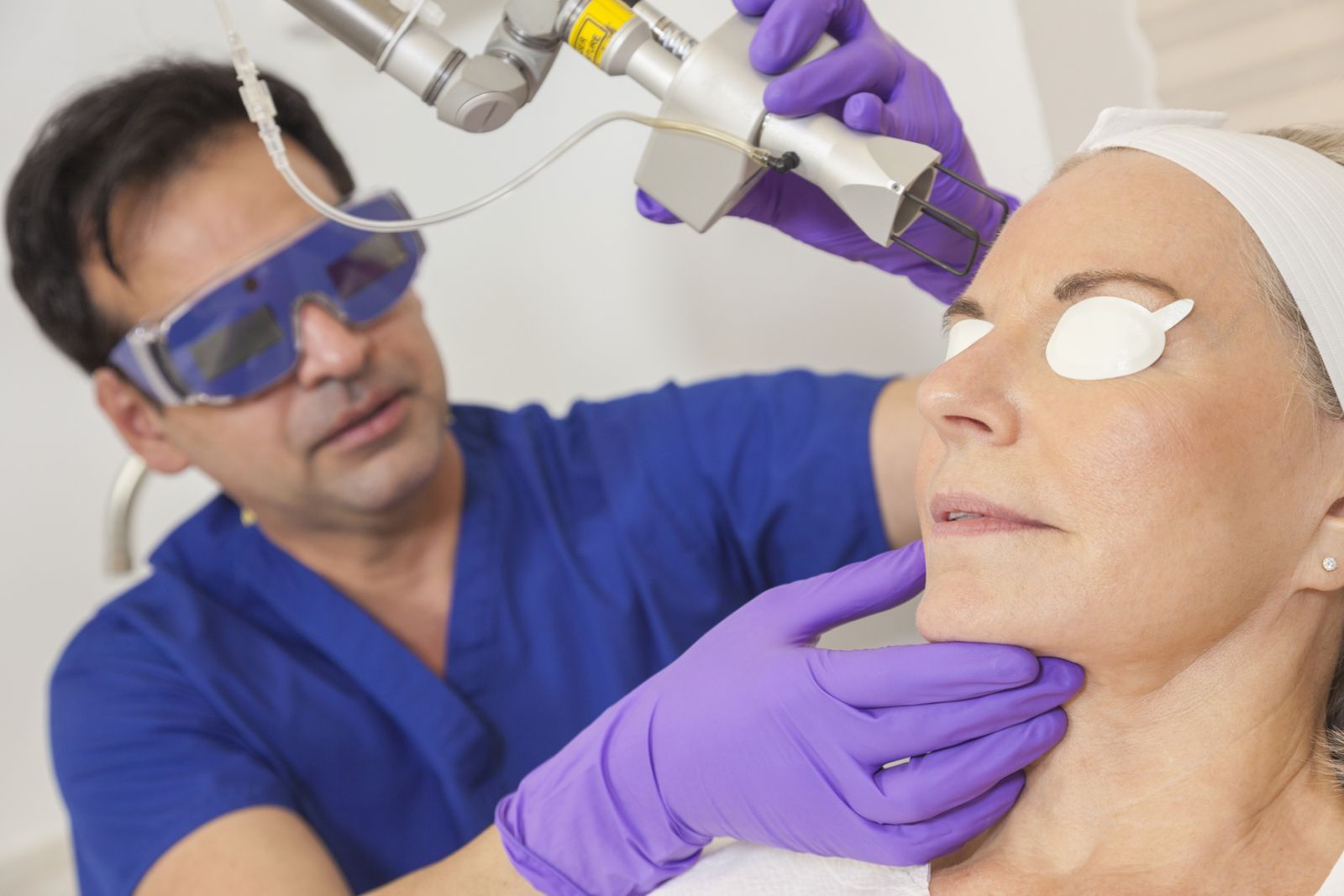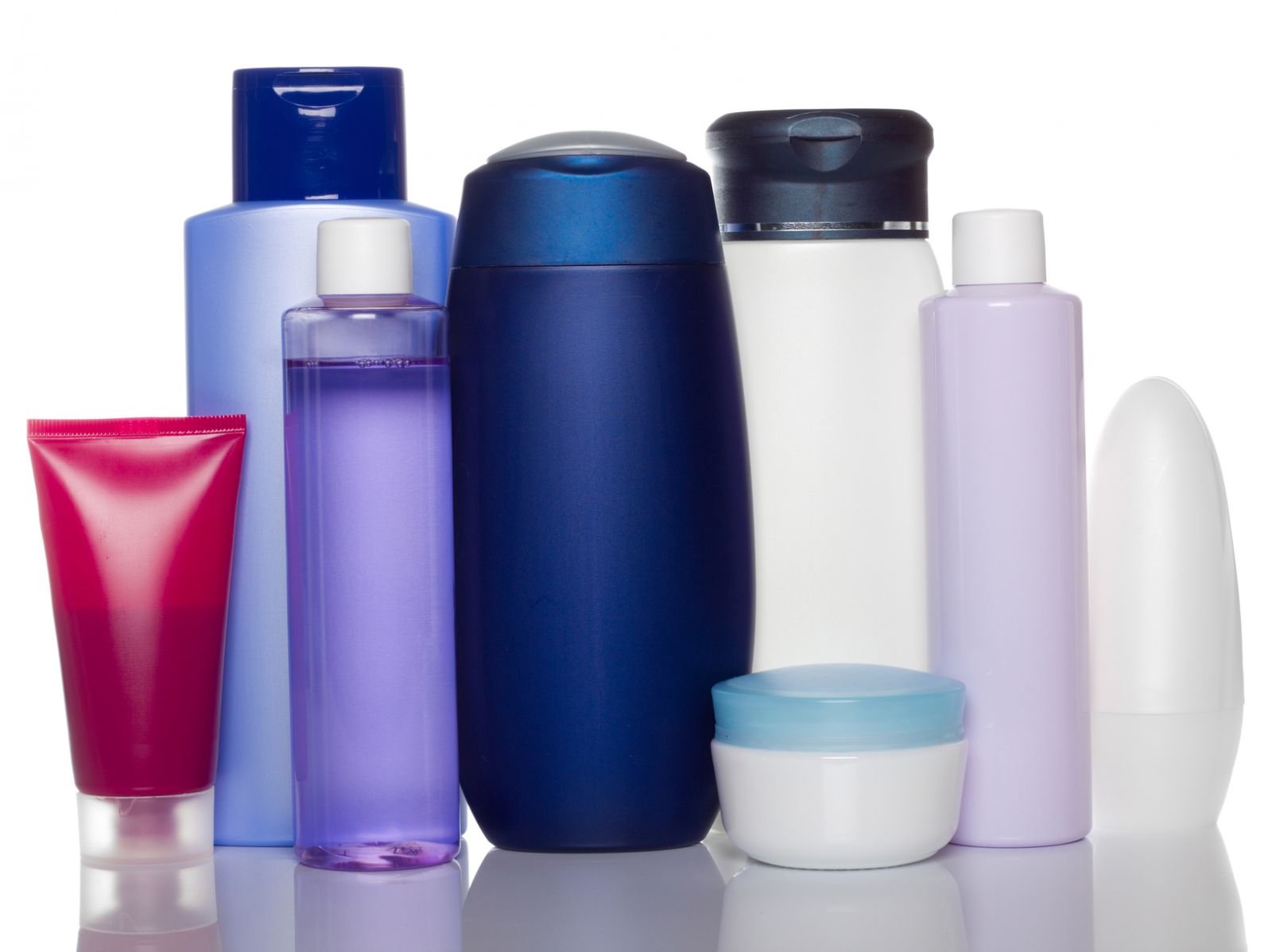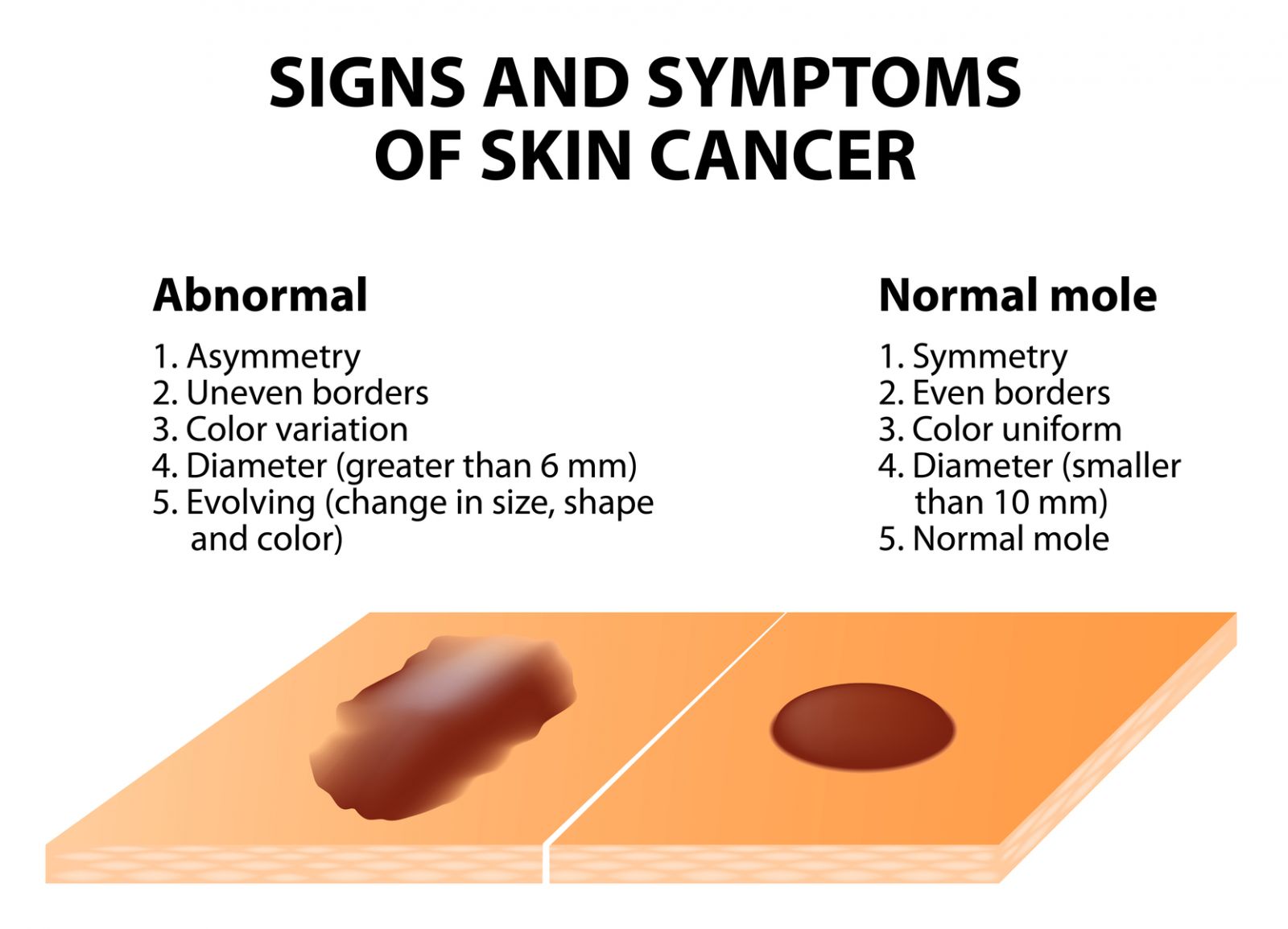Welcome to the DermacenterMD Blog
Posts for tag: dermatologist
 Check out this article from the Skin Cancer Foundation. It's important to remember that people of all skin types and tones can be affected by skin cancer.
Check out this article from the Skin Cancer Foundation. It's important to remember that people of all skin types and tones can be affected by skin cancer.
People who have dark skin tones often believe they're not at risk for skin cancer, but that is a dangerous misconception , says dermatologist Maritza I. Perez, MD, a senior vice president of The Skin Cancer Foundation.
"Anyone can get skin cancer, regardless of race," she says. While incidence of melanoma is higher in the Caucasian population, a July 2016 study in the Journal of the American Academy of Dermatology showed it is more deadly in people of color. African American patients were most likely to be diagnosed with melanoma in its later stages than any other group in the stuy, and they also had the worst prognosis and the lowerst overall survival rate. Most skin cancers are associated with ultraviolet (UV) radiation from the sun or from tanning beds, says Dr. Perez. Yes, darker skin produces more of the pigment called melanin that does help protect skin- but onlyto a certain extent. People of color can still get sunburned, and they can also develop skin cancer from UV damage.
It’s of concern that 65 percent of African American participants in a survey said they never used sunscreen. This needs to change, says Dr. Perez. “Remember, ethnicity does not define skin type. It can represent a wide range of skin tones with a wide range of risks.” To avoid premature aging and damage that can lead to skin cancer, everyone should use sunscreen every day and practice sun-safe habits, such as seeking shade and wearing protective clothing, hats and UV-blocking sunglasses.
Additionally, certain skin cancers are caused by factors other than UV — such as genetics or environmental influences — and may occur on parts of the body rarely exposed to the sun. For example, people who have dark skin are more susceptible to acral lentiginous melanoma (ALM), an especially dangerous form of melanoma that typically appears on the palms of the hands and soles of the feet. (The Jamaican singer and musician Bob Marley died of ALM when he was only 36.)


People who have dark skin are more susceptible to acral lentiginous melanoma (ALM), like these examples above.
It’s crucial to detect skin cancer early, when it is easiest to treat and most likely to be cured. Dr. Perez says she advises people of all ethnicities to do a monthly skin self-exam and see a dermatologist annually — and sooner if any of the warning signs appear:
- A bump, patch, sore or growth that bleeds, oozes, crusts, doesn’t heal or lasts longer than a month. This may indicate basal cell carcinoma.
- An ulcer, scaly red patch, wart-like growth or sore that sometimes crusts or bleeds could be a sign of squamous cell carcinoma. This type of skin cancer can also develop in old scars or areas of previous physical trauma or inflammation.
- New or existing moles that are asymmetrical, have an irregular border, more than one color, are larger than a pencil eraser or change in any way may indicate melanoma. Pay special attention to suspicious spots on the hands, soles of the feet or under the nails, which could signify ALM.
 If you’re reading this you most likely already know what a dermatologist is and what they do. However, it can help you better understand your care and what a dermatologist can do for you. Dermatologists are medical doctors who complete a 4 year residency training in skin, hair and nail diseases. Dermatologists are also experts in skin cancer and surgery of the skin. No other area of medicine is as highly trained in the area of skin and skin cancer.
If you’re reading this you most likely already know what a dermatologist is and what they do. However, it can help you better understand your care and what a dermatologist can do for you. Dermatologists are medical doctors who complete a 4 year residency training in skin, hair and nail diseases. Dermatologists are also experts in skin cancer and surgery of the skin. No other area of medicine is as highly trained in the area of skin and skin cancer.
The training required for a dermatologist involves advanced education in greater detail than any other area of medicine in the skin, skin diseases, skin cancer diagnosis and management as well as cosmetic dermatology. Many patients seek dermatologic evaluations for routine skin cancer screening examinations as this is the highest trained specialty for this.
In addition, dermatologists are experts in other skin growths, skin cancer, rosacea, eczema, psoriasis, acne and warts so many people see dermatologist for these common skin problems. Since skin cancer is the number one cancer diagnosed in America today (affecting up to 1 in 3 people), most people go to see a dermatologist annually for a skin cancer screening examination.
Dr. Roger Moore treats patients with basal cell carcinoma and squamous cell carcinoma from Elkhart, South Bend, Goshen and all of Michiana. The renowned removal technique of Mohs Micrographic surgery is performed routinely by Dr. Moore as well. He is the first to offer this technique in Elkhart County. If you or someone you know has a skin concern or problem call Dr. Roger Moore and his team at DermacenterMD today at (574)522-0265. No referral is necessary and don’t forget, no other area of medicine is as highly trained in the skin.

Q: “Why should you see a dermatologist?”
A: You should see a dermatologist because skin cancer diagnosis at epidemic proportions according to some experts. 1 in 5 Americans will get skin cancer at some point in their life. With this high rate it is best to perform monthly self-exam and see us annually. Using a dermatologist gets you someone who spent 4 years after medical school specializing in the skin. No other doctors are trained as highly in the skin. You are assured someone who evaluates and treats skin daily so are in excellent hands.
At DermacenterMD we strive to educate our patients including giving our free ‘Skin Cancer Educational Guide’ at appointments.
We would be honored to see you. We want you looking and feeling great. Call today us at (574)522-0265 for your skin cancer exam. No referral necessary.
 In dermatology, acceptance and responsibility are two key components that we need. Why? Well, I will tell you why.
In dermatology, acceptance and responsibility are two key components that we need. Why? Well, I will tell you why.
The lack of protection from the sun is one of the underlying driving forces to precancers (actinic keratosis), wrinkles, pigmentation, and even skin cancer. Unfortunately, most every person does not apply the amount of sun protection that they should. It’s essential that we wear sunscreen and protect ourselves. Even a scientific study done on farmers in west Texas backs this up. When sunscreen was applied to one half of the face and not the other half during three months of summer, the side of the face with sunscreen applied every day has half as many precancer (actinic keratosis) growths as the other side of the face.
This simple study demonstrated the power of daily sunscreen for reducing precancer lesions. On top of this, we know that age spots, wrinkles, and skin cancer are caused by sun exposure.
So, to get our skin looking and feeling the best, we need to use sunscreen every day. This can be in the form of lotions, sunscreens themselves, and make up for women. In addition, choosing a sunscreen that has the proper ingredients is key. Finding sunscreen with Titanium Dioxide or Zinc Oxide is useful since these ingredients are physical blockers. This means that they bounce the sun off the skin. Another quality ingredient in sunscreen is Avobenzone or Parsol 1789. This is also an excellent ingredient which can be a powerful agent in preventing sun damage.
Use daily sunscreen with Titanium Dioxide, Zinc Oxide or Avobenzone (Parsol 1789) to reduce your risk of sun damage and skin cancer. The simple habit could pay big dividends!
 An article from the Skin Cancer Foundation.
An article from the Skin Cancer Foundation.
Source: www.skincancer.org
People who have had the nonmelanoma skin cancers (NMSCs) basal and squamous cell carcinoma (BCC and SCC) are approximately twice as likely as other people to develop non-skin cancers, according to a study in the Journal of the National Cancer Institute.
The findings are of particular concern because NMSC is the world's most common malignancy, with over a million cases diagnosed every year in the US alone. Currently, it's estimated that one in five Americans will develop NMSC at some point in their lives. About 90 percent of these cancers are associated with exposure to the sun's harmful ultraviolet (UV) radiation. While NMSCs have very high cure rates when caught early, they should not be taken lightly, as this study shows.
Researchers led by Anthony J. Alberg, PhD, of the Medical University of South Carolina, Charleston, studied demographic and health information from 19,174 patients in the Maryland-based CLUE (Give us a Clue to Cancer and Heart Disease) II study, from 1989 though 2005. Some 769 patients in the study were diagnosed with NMSC, and by the end of 2005, 181 of these patients, or about 23 percent, had developed another form of (non-skin-related, or noncutaneous) cancer. In contrast, only about 12 percent of people (2156 of 18,405) who did not have NMSC were subsequently diagnosed with a noncutaneous cancer. Researchers took variables such as cigarette smoking and skin type (susceptibility to sunburn and blistering) into account. Nonetheless, those with NMSC had about twice the risk of developing noncutaneous cancers as those who did not have NMSC. Researchers also found that the earlier the age at diagnosis of NMSC, the more likely participants were to develop noncutaneous cancers.
The full implications of this research are not yet known, but while nonmelanoma skin cancers are rarely life-threatening, they can be highly disfiguring if not caught early, and it is well known that having a history of NMSC means you are also at increased risk of developing melanoma, the deadliest form of skin cancer, which claims more than 8200 lives a year in the US. If you have had an NMSC, you are at higher risk of developing not only future NMSCs and melanomas, but also other, potentially dangerous cancers. Routine screening for both skin cancers and non-skin cancers is thus advisable.
Archive:
Tags
- dry skin (2)
- moisturizer (1)
- sensitive skin (3)
- PA (2)
- Skincare (2)
- skin cancer (29)
- cancer (6)
- facts (1)
- skin (19)
- dermatology (22)
- skin care (19)
- cosmetic (2)
- wrinkles (1)
- Botox (4)
- Dysport (3)
- sleep (1)
- look good (1)
- daily routine (1)
- healthy lifestyle (1)
- doctor (2)
- patient (1)
- sun protection (5)
- sunscreen (14)
- aging dermatology (1)
- providers (1)
- tanning (2)
- sun (6)
- UVA rays (2)
- UVB rays (2)
- melanoma (10)
- Acne (2)
- Treatment (2)
- sunscren (1)
- sun exposure (5)
- Melanoma Monday (2)
- Skin Cancer Awareness Month (1)
- education (2)
- skin cancer specialist (1)
- basal cell carcinoma (1)
- squamous cell carcinoma (1)
- ingredients (2)
- improve your smile (1)
- cosmetics (1)
- laser (1)
- fillers (2)
- sunburn (3)
- avoid the sun (1)
- hat (1)
- sun clothing (1)
- SPF (1)
- Rosacea (3)
- NP (1)
- Nurse Practitioner (1)
- mid-level provider (1)
- physician (1)
- dermatologist (6)
- cosmetic dermatology (4)
- anti-aging (2)
- youthful looks (1)
- Eczema (2)
- rash (2)
- itch (1)
- the rash that itches (1)
- reduce itch (1)
- itching (1)
- getting along with others (1)
- basal cell (2)
- squamous cell (2)
- detection (1)
- Mohs surgery (2)
- photoaging (1)
- Inspiring (1)
- word of the day (1)
- inspiration (3)
- uplifting (1)
- protection (4)
- lips (1)
- reduce wrinkles (1)
- look younger (1)
- encouragement (1)
- never give up (1)
- you can do it (1)
- medical school (1)
- dreams (1)
- brown spots (1)
- moles (2)
- liver spots (1)
- age spots (1)
- Abe Lincoln (1)
- life lessons (1)
- lip cancer (1)
- health (12)
- motivation (1)
- work (1)
- people (2)
- home life (1)
- lifestyle (1)
- ABCDEs of Melanoma (1)
- mole (1)
- skin check (2)
- skin facts (2)
- odd (1)
- fun (1)
- interesting (1)
- lung cancer (1)
- disease (1)
- Christmas (2)
- gifts (1)
- sun burn (1)
- winter skin tips (1)
- itchy skin (1)
- winter skin (1)
- myths (1)
- myth busted (1)
- skin protection (1)
- sunscreen safety (1)
- specialist (1)
- red skin (1)
- irritation (1)
- feel good (1)
- helping (1)
- help (1)
- helping others (1)
- treatment options (1)
- skin health (9)
- Vitamin D (2)
- tanning beds (1)
- skin health. dermatology (1)
- sunshine (1)
- awareness (1)
- prevention (1)
- sun damage (3)
- connections (1)
- working together (1)
- health care (1)
- biotin (1)
- medical (1)
- aging (1)
- elkhart (1)
- Roger Moore (1)
- check (1)
- skin type (1)
- skin cancer prevention (1)
- gift guide (1)
- Christmas gift guide (1)
- Dr. Roger Moore (1)
- holidays (1)
- family history (1)
